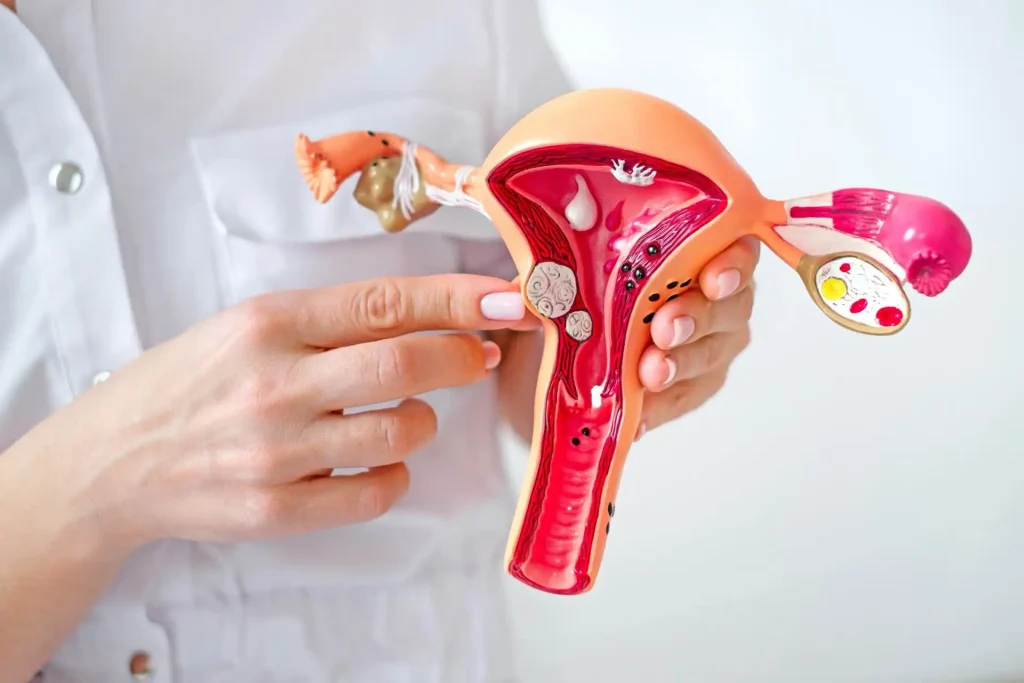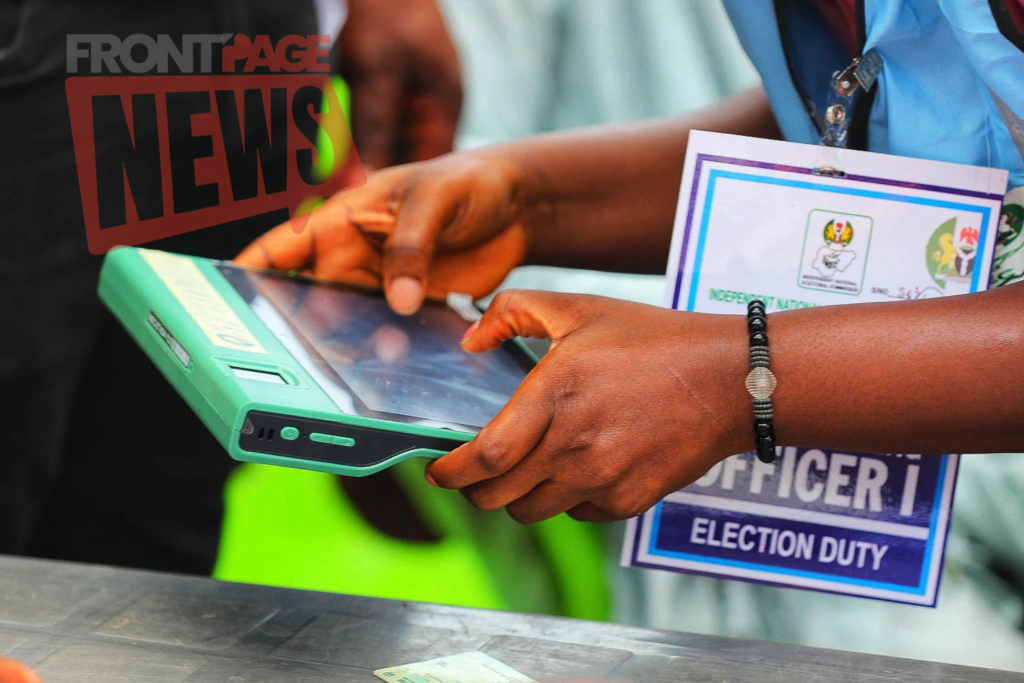For many women, the dream of holding a baby in their arms begins long before a pregnancy test shows two lines or a fertility appointment is scheduled. It starts as a quiet hope, a vision of motherhood deeply rooted in the heart. However, for a significant number of women—up to 70 percent by their late 30s and 40s—that dream faces a difficult hurdle: uterine fibroids.
Fibroids, though benign, can cast long shadows over a woman’s fertility journey, especially when assisted reproductive technology like in-vitro fertilization (IVF) enters the equation. Yet, amid the uncertainties, stories of strength and successful pregnancies after fibroid treatment serve as powerful reminders that hope and science can work hand in hand.
Maryam’s Story: Hope Rekindled After Heartbreak
Maryam Ojo’s experience reflects both the heartbreak and the promise that come with fertility struggles. At 38, after five years of marriage and two failed IVF cycles, Maryam found herself navigating deep emotional waters. Her embryos couldn’t implant, and no one could initially explain why. It was only after further investigations that a significant fibroid was discovered as the root of the problem.
Following a hysteroscopic surgery—a minimally invasive procedure to remove the fibroid—Maryam tried another IVF cycle. This time, it worked. Her pregnancy marked not just a medical triumph but a personal victory born of persistence and proper medical guidance.
Maryam’s journey mirrors those of many women. From forums to support groups, women who have walked this road share stories of failed cycles, complicated surgeries, delayed dreams, and ultimately, joyful outcomes.
Understanding Fibroids: A Common, Complex Challenge
Fibroids are non-cancerous tumors that develop in or around the uterus. Their size, number, and location determine how much they affect fertility. For some women, fibroids cause no symptoms and go unnoticed. For others, they interfere with menstruation, pelvic comfort, and crucially, conception.
There are different types of fibroids:
-
Submucosal fibroids grow into the uterine cavity and are the most disruptive to embryo implantation.
-
Intramural fibroids develop within the muscular wall of the uterus and may alter its shape and function.
-
Subserosal fibroids extend to the outer surface of the uterus and are less likely to impact fertility unless they become very large.
When fibroids distort the shape of the uterus or interfere with hormone balance and blood flow, IVF success rates can drop dramatically—sometimes by as much as 50 percent. Despite this, successful pregnancies are entirely possible with proper intervention.
Diagnosis and Treatment: The First Steps to Success
A clear and accurate diagnosis is the first step in managing fibroids for fertility. While standard ultrasound scans offer an overview, more detailed assessments like transvaginal ultrasounds, hysteroscopy, or MRI scans provide in-depth insight into the uterus’s structure and any fibroids present.
These diagnostic tools not only pinpoint the fibroids’ size and location but also determine the best course of action. For women with smaller, less disruptive fibroids, medication and careful monitoring may suffice. However, in cases where fibroids are impacting fertility, surgical removal becomes necessary.
Minimally invasive options such as hysteroscopic or laparoscopic surgery offer high success rates with shorter recovery periods. In fact, removing submucosal fibroids can improve IVF outcomes, raising success rates by up to 60 percent in some cases.
IVF Protocols That Adapt to Your Needs
When fibroids are part of the fertility picture, IVF plans must be adjusted accordingly. In many cases, doctors may recommend freezing embryos before proceeding with fibroid treatment. This allows the uterus time to heal, creating a more receptive environment for embryo transfer.
Modern IVF protocols also include medications to optimize the uterine lining and advanced techniques like ultrasound-guided embryo transfers. With these tailored approaches, women—even those with a history of fibroids—can experience IVF success rates close to those of women without fibroids, particularly if they are under 35.
For example, Ayo, another woman who faced fibroid-related fertility challenges, underwent surgery to remove an 8 cm intramural fibroid. After two IVF cycles, she welcomed a healthy baby girl—an outcome made possible by personalized care and her own resilience.
The Emotional Side: A Journey Beyond Medicine
While clinical strategies are essential, the emotional toll of fibroids and infertility cannot be ignored. Failed cycles, invasive procedures, financial strain, and long waiting periods all take a significant mental and emotional toll.
Here, support systems become invaluable. Whether it’s speaking with a fertility therapist, connecting with others in online communities, or leaning on the understanding of a partner or friend, emotional support plays a vital role in the journey.
Open conversations with healthcare providers also matter. Women benefit from transparent communication, honest expectations, and personalized plans that consider their emotional readiness and physical health.
Empowering Yourself Through Lifestyle and Mindset
There’s also a growing recognition of the role personal wellness plays in fertility. A balanced, anti-inflammatory diet rich in leafy greens, fruits, whole grains, and healthy fats can help the body manage hormonal fluctuations linked to fibroids. Regular physical activity and stress-reducing practices such as yoga, meditation, and prayer offer additional support.
Routine checkups and a proactive approach to gynecological health are equally important. Monitoring fibroid growth, understanding symptoms, and staying informed empower women to advocate for themselves and seek timely treatment.
A Road With Purpose, Not Just Obstacles
The path through fibroids and IVF isn’t just a series of challenges—it’s a purposeful journey filled with learning, courage, and progress. It may involve extra steps or moments of doubt, but every story like Maryam’s, Ayo’s, or Sade and Kunle’s proves that successful outcomes are not only possible—they are happening every day.
With the right combination of medical expertise, personalized treatment plans, emotional support, and self-care, fibroids need not be the end of the dream of parenthood. They can be just one chapter in a much larger story—one that ends with new life, hope, and the joy of finally holding that long-awaited baby in your arms.
Final Word: Keep Moving Forward
Every woman’s fertility story is unique, and no journey is without its twists. But fibroids, though challenging, are not the end of the road. Armed with knowledge, compassion, and care, women can—and do—overcome them.
So, if you’re on this path, know that there is hope. There is healing. And there is every reason to believe that your dream is still within reach.











